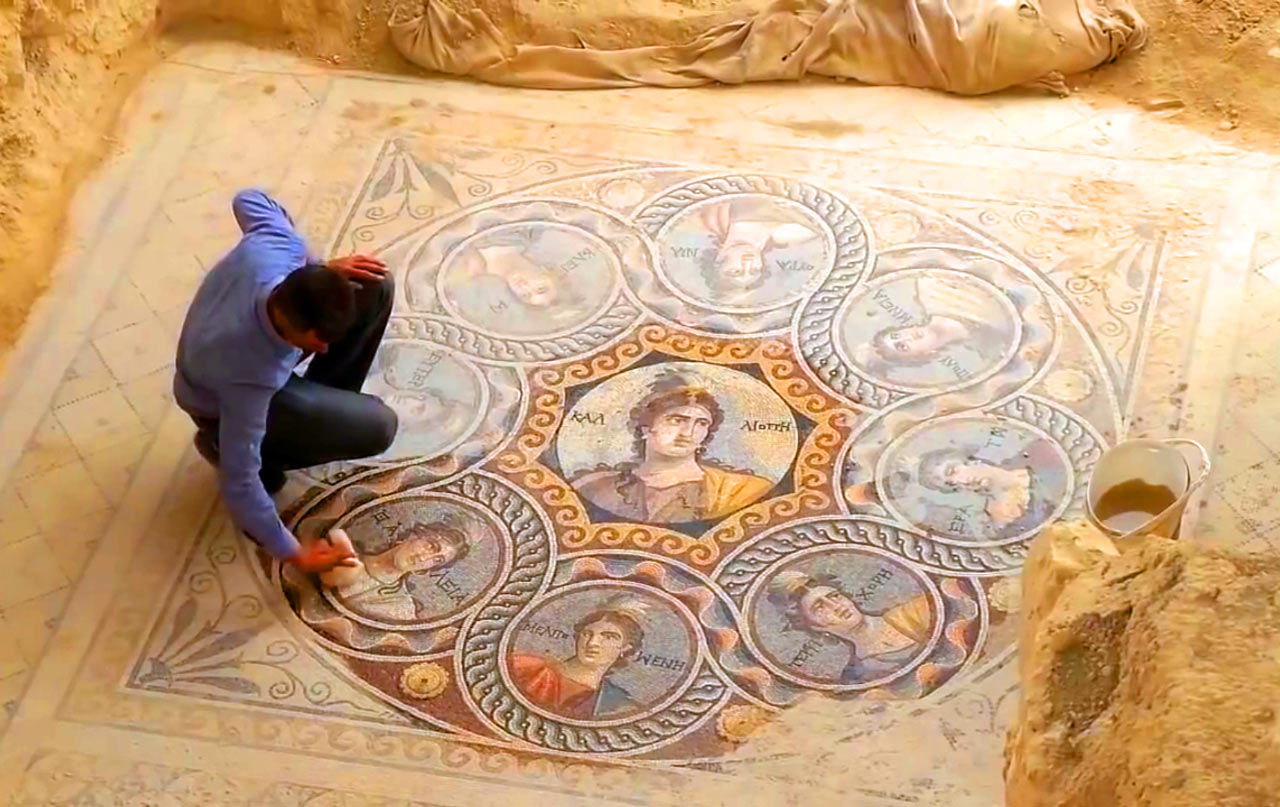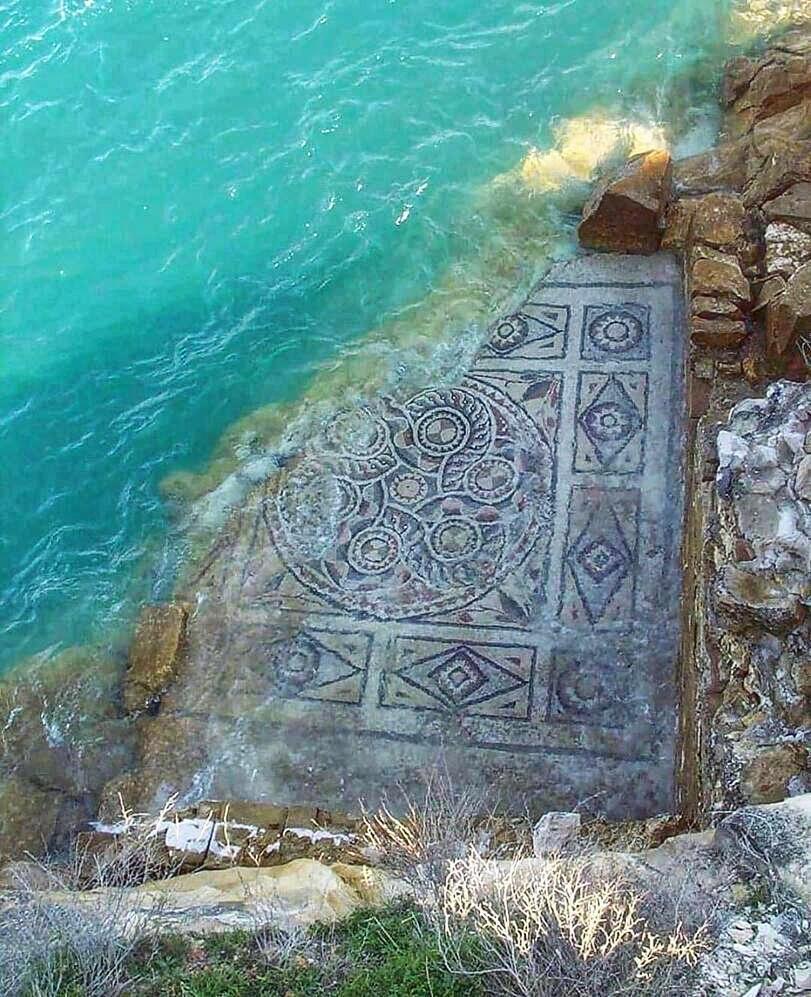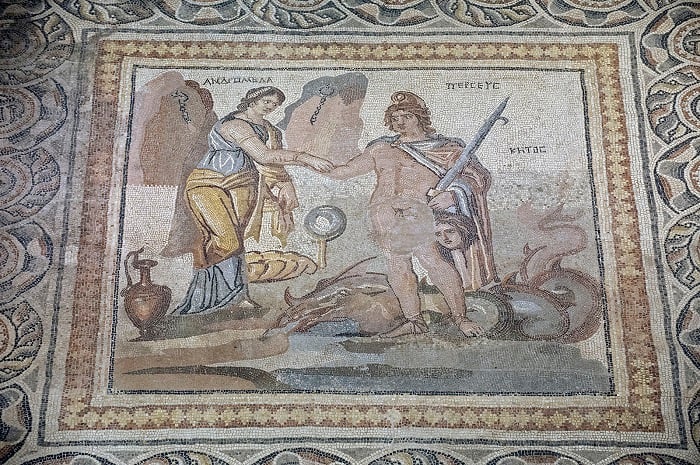The city of Belkıs, situated in the Nizip district of Gaziantep province, Turkey, is home to the Archaeological Site of Zeugma. This site holds immense historical value, encompassing a diverse and extensive past that stretches across numerous centuries.

Establishment and Influence of Zeugma
The cities of Zeugma, initially established as twin settlements on opposite banks of the Euphrates River, held significant historical and strategic importance. Seleucia, positioned on the west bank, and Apamea, located on the east bank, were founded around 300 BCE by Seleucus Nicator, a renowned commander who served under Alexander the Great. Zeugma’s advantageous geographic position as a crucial crossing point on the Euphrates River contributed to its prominence as a thriving commercial and military center.
What sets Zeugma apart is its remarkable role in fostering the integration of Greco-Macedonian and Semitic cultures within the region. The Seleucid empire’s cultural policies facilitated the merging of these two distinct cultural spheres, resulting in the emergence of unique syncretistic hybrid cultures. Zeugma served as a melting pot where diverse ethnicities coexisted and harmoniously interacted, giving rise to a rich tapestry of cultural fusion. The archaeological site stands as a testament to this cultural synthesis, showcasing the fascinating blend that characterized life in Zeugma.

Roman Period and Prosperity
During the Roman period, Zeugma experienced a period of flourishing and prosperity. Its strategic location along key trade routes and its function as a toll collection point contributed to its economic success. The city boasted a range of structures and amenities typical of a Roman frontier city. These included bustling marketplaces known as agoras, sanctuaries, a stadium, a theater, bathhouses, a Roman legionary base, city walls, and necropolises.
Under the rule of the Commagene Kingdom, with its capital in Samosata, Zeugma became a part of this regional power. The Commagenian rulers, notably Antiochus I and Antiochus IV, established a distinctive ruler cult that blended elements of Greek, Persian, and local traditions. Within the archaeological site of Zeugma, two significant sanctuaries provide valuable insights into this syncretistic ruler cult and the Commagenian pantheon worshipped during that era. These sanctuaries offer a glimpse into the unique religious and cultural practices that flourished in Zeugma under the influence of the Commagene Kingdom.

Roman Houses and Artistic Treasures
A notable feature of Zeugma is the exceptional Roman houses that have been unearthed at the site. These houses, constructed in the style of city villas, are adorned with exquisite mosaics and frescoes. The mosaics discovered within these houses depict captivating scenes from Greek and Greco-Roman mythologies, popular literary works, and ancient tales. These intricate artworks provide not only pictorial representations but also previously unknown ichnographic depictions, offering valuable insights into the artistic and cultural preferences of Zeugma’s inhabitants.
The preservation of the Archaeological Site of Zeugma holds immense significance as it grants us valuable glimpses into the integration of Hellenistic and Semitic cultures, the syncretistic practices of the Commagene Kingdom, and the daily life within a Roman frontier city. It enhances our understanding of ancient history and the formation of hybrid cultures through the ages. Given its historical importance, unique architectural features, and representation of cultural fusion, the site deserves recognition as a UNESCO World Heritage site.
